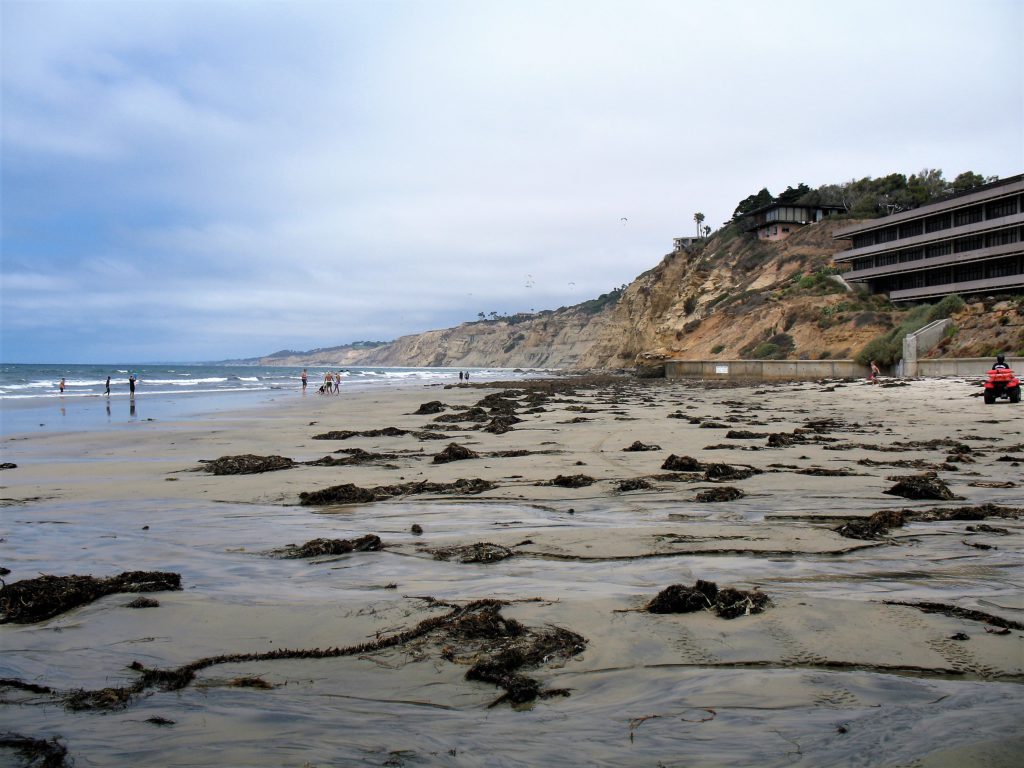
These charismatic creatures can be seen inhabiting the beach at the Piedras Blancas Rookery by the thousands, particularly in January and February for birthing and breeding season. While the spines look intimidating, they do not hold any venom.Įlephant seals are easily one of San Simeon’s most sought-after attractions, as the beaches here are the best place to view them year-round. Urchins – The sea urchin is completely covered in spines with the purpose of protecting, feeding and creating a home. Both types of snails use a sharp tooth that they use to scrape algae off of rocks or drill into an animal’s shell.

Snails – Marine snails are categorized into two groups, herbivores and carnivores. Sea stars have five arms, with tubes on their body strong enough to open mussels and clams to feed on. Sea Stars – These beautiful creatures range in colors from bright orange to soft pink. These slimy critters spend their days feeding on red and brown algae found in the tide pools. Sea Slug – The sea slug is very similar to a garden slug, but instead of lungs the sea slug has gills. When the tide rolls back in, the mussels and clams open their shells to allow food and fresh seawater to enter. Mussels and Clams – These critters spend up to half their day exposed to air when the tide recedes, surviving by sealing their shells shut with seawater trapped inside. They are well camouflaged, so look closely for these fish swimming near the rocks! These crustacean move around on eight legs, primarily using the larger front legs to eat and defend against predators.įish – The most common fish found in tide pools are Sculpins and Opaleyes, ranging from 3-5 inches in length. The legs, or Cirri, trap food beneath the shell to feed the barnacle.Ĭrabs – Crab shells come in all shapes, sizes and colors, including white, tan, green and brown. Whichever tour you choose, be sure to keep an eye on the tide as harbor seals are commonly spotted in the water around the pier.Īnemones - A close relative of coral and jellyfish, sea anemones attach themselves to rocks in tide pools or on coral reefs waiting for small fish to pass close enough to reel in with their stinging tentacles.īarnacles – These little fellows have a hard-outer shell, similar to crabs, but use their legs to eat.
#San diego best tidal pools professional#
With a guided tour, a professional guide will lead you along the pier and across the beach where you will learn about the history and have an opportunity to comb the beach. Signs will provide information on native birds and mammals as you stroll along the coast. Check out a pair of binoculars and set off on a self-guided tour of the pier and surrounding beaches. Choose between self-guided and professionally guided tours to get the most out of your seaside experience. Hearst Memorial State Beach, is a great starting point for any coastal adventure in the area. The Coastal Discovery Center, located at W.R. The area is also notably home to the Piedras Blancas Elephant Seal Rookery, where you’ll experience the very best elephant seal viewing. The habitat historically supports everything from sea otters to migratory gray whales.

The Piedras Blancas State Marine Reserve and Conservation Area are two marine protected areas that encompass rich shorelines and tidepools.

Often referred to as the “Serengeti of the Sea,” this coastal treasure serves as a sanctuary to over 36 species of marine mammals, more than 180 species of seabirds and shorebirds, at least 525 species of fishes, and an abundance of invertebrates and algae.

The area stretches 276 miles of shoreline from San Francisco to Cambria. The Monterey Bay National Marine Sanctuary is one of the nation's most spectacular marine protected areas. San Simeon encompasses both the Monterey Bay National Marine Sanctuary and the Piedras Blancas State Marine Reserve and Conservation Area. No matter what you’re looking for, the tide pools are teeming with plenty of sea life to observe and explore. Home to abundant wildlife, tide pools are the perfect place to get up close with nature! Find saltwater mussels hiding among the rocks, discover vibrant starfish making their way along stretches of sandbars, or simply watch the sea anemone ebb and flow with the tide. See San Simeon’s marine wildlife for yourself at some of the most diverse sea life viewing sites on the entire Central Coast.


 0 kommentar(er)
0 kommentar(er)
